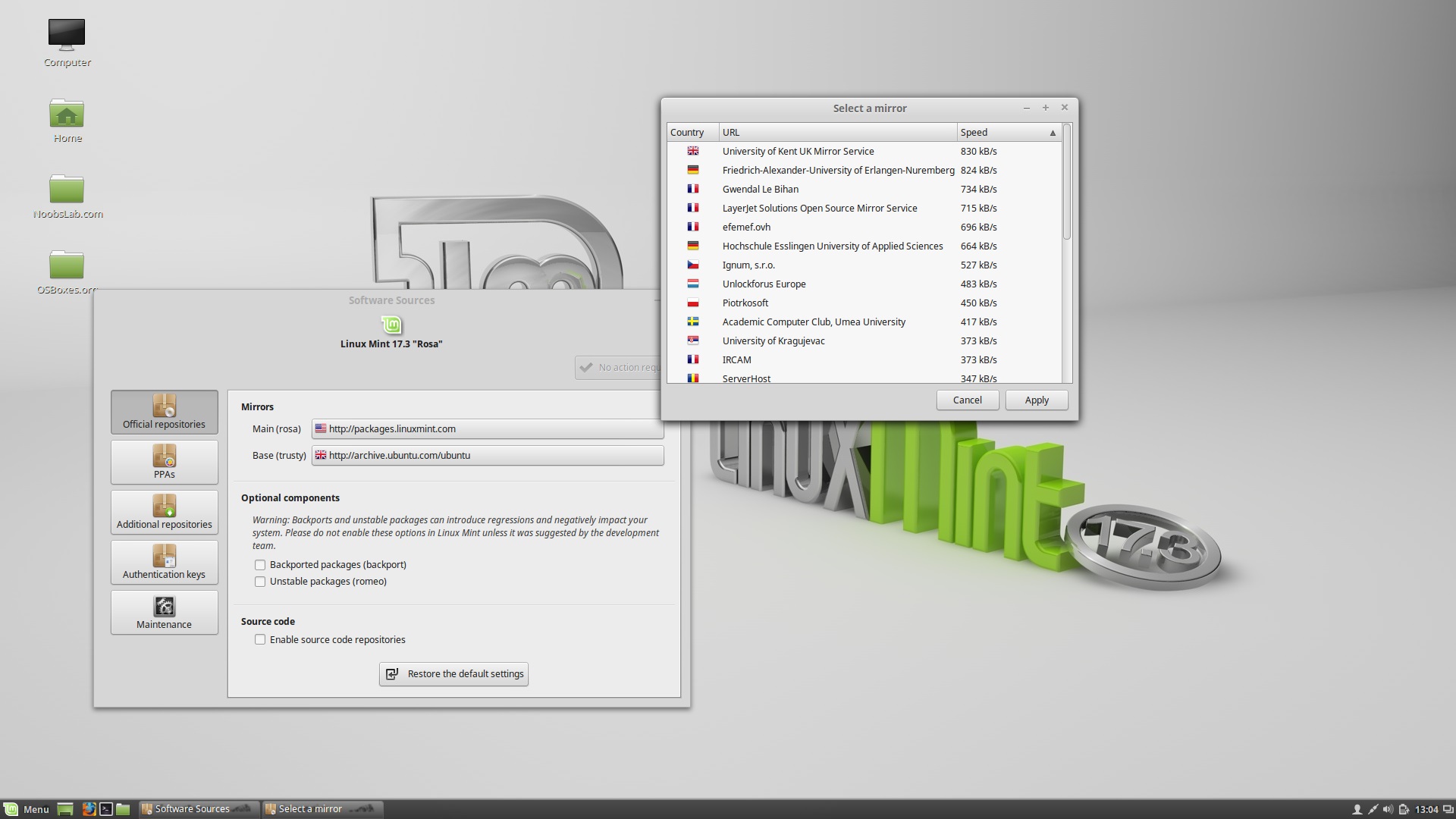


The installer will alert you that you haven’t provided any swap space. Edit your /dev/mapper/sdx_crypt partition and set a mount point of /.Do NOT choose /dev/mapper, use /dev/sdx instead. Make sure that you select the correct device for the boot loader installation! You want to choose your boot stick.Clicking OK will create the new encrypted partition, mount it, and then create an Ext4 partition inside it as /dev/mapper/sdx_crypt. Select this new partition for your installation:.This allowed me to add a FAT32 partition later. To achieve this, I actually only used 20GB for this partition. After I took the above screenshot, I decided I wanted an unencrypted space on the drive to allow me to share the drive between Linux and Windows.Select ‘Free Space’ on the boot stick again, and create a new partition like so: Once your boot partition has been created, it’s time to create your encrypted file system.Location: I chose beginning this is up to you.Select ‘Free Space’ on your boot stick, and add a partition with the following characteristics:.Wipe the partition table on your boot stick if required it should appear as a device containing only free space:.Linux identifies different devices by letter (sda, sdb, sdc) and different partitions by number (sda1, sdd1, sdc2). At this point, choose ‘Something else’ and click continue:

Follow your nose until you reach the Installation Type screen.Boot your computer onto the installation stick, and select “Install Linux Mint”.Once your installation stick is ready, plug in your boot stick.Under Windows, use UNetbootin to image your installer to the USB stick.In Linux, use something like: sudo dd if=~/Downloads/linuxmint-15-cinnamon-dvd-32bit.iso of=/dev/sdx.Insert your intended installation stick and put your chosen Linux on to it:.I’ve gone with Mint 15 (because it’s pretty), and chosen 32 bit for compatibility with other PCs. I highly recommend using a USB 3.0 drive for your boot stick, to take advantage of the extra speed. First of all you’ll need two USB Sticks – your intended boot stick should be at least 8GB in size the intended installation stick will be fine with 2GB.This also works for Ubuntu, Xubuntu, Lubuntu, Ubuntu GNOME, etc. So in keeping with that idea, I present to you a step-by-step guide of how to install Linux Mint on a USB drive. Whether you want to perform a memtest, repair a faulty bootloader, scan for a virus or rootkit, or extract some mistakenly-deleted files from another drive, having a bootable USB drive around makes doing such things quick and easy. One of the most handy tools to have in IT support is a portable OS.


 0 kommentar(er)
0 kommentar(er)
